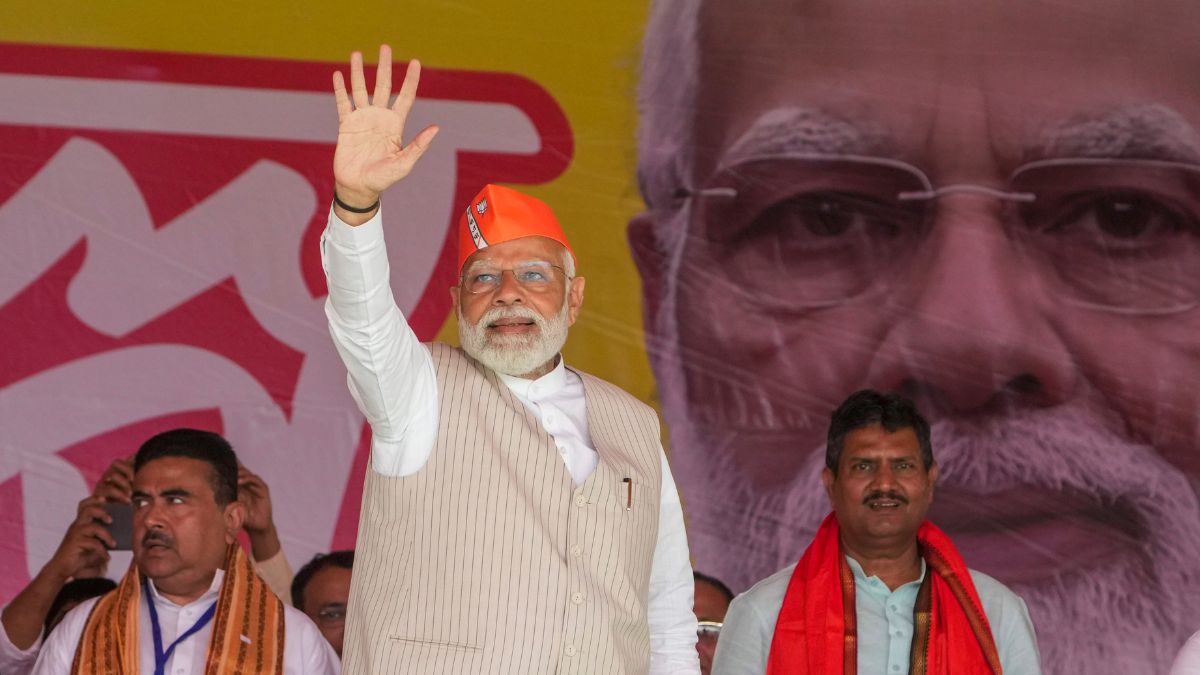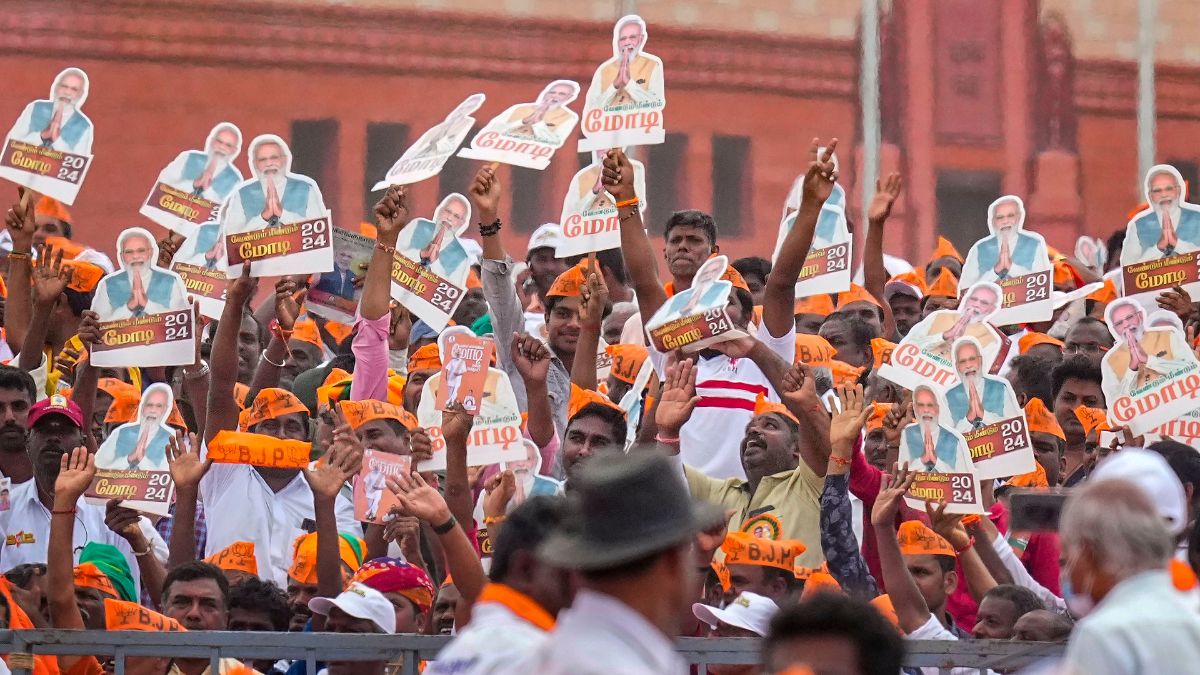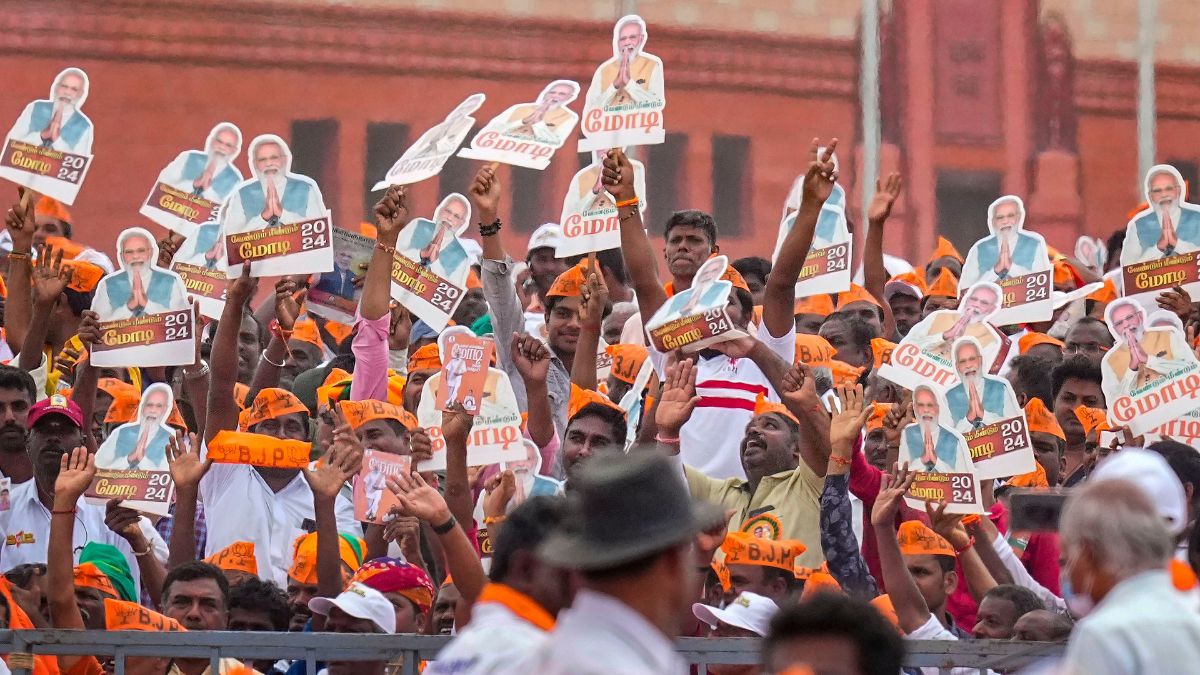After the first International Yoga Day fanfare subsides and Prime Minister Narendra Modi prepares himself for international diplomacy at the highest level next month in Russia where he is scheduled to attend BRICS summit, and possibly SCO (Shanghai Cooperation Organization) summit as well, it will be time for him to tackle meatier issues pertaining to national security.
In Russia, PM Modi will be meeting world leaders once again. One thing that would most likely be weighing down on his mind would be New Delhi’s biggest security and strategic nightmare of China and Pakistan joining hands to encircle India.
The threat has magnified considerably in past few weeks with China pushing the pet project of its president Xi Jinping – Belt and Road Initiative, a grandiose $21 trillion project aimed at connecting 4.4 billion people.
India looks at this Chinese initiative suspiciously. The Indian suspicion has been fueled further as strategic circles in New Delhi view the China-Pakistan Economic Corridor (CPEC) and the Bangladesh-China-India-Myanmar (BCIM) Economic Corridor as nothing but microcosms of the Chinese Belt and Road Initiative.
When Xi landed in Islamabad on 20 April 2015 on a much-delayed official trip (from Pakistani point of view), the biggest of 51 agreements signed between the two countries was the CPEC agreement. Much of China’s pledged $46 billion investment in Pakistan is predicated on the CPEC.
Of course, implementing the CPEC by itself is not going to be easy as announcing the grant of funds because physically making the connections on the ground between China and Pakistan is going to pose a stiff challenge given the state of internal security in Pakistan.
And then there is debate on the route of the CPEC itself as Pakistan prime minister Nawaz Sharif wants it to pass through the more prosperous Punjab and not through Khyber Pakhtunkhwa (KPK), formerly known as North-West Frontier Province (NWFP).
India has not jumped on China’s Belt and Road Initiative bandwagon even though Beijing claims to have already enrolled support of over fifty nations, including many in India’s very own backyard.
The aye-saying nations, particularly smaller island nations like Maldives, will do well to look at the record of Chinese investments in mega projects like this elsewhere in South Asia to understand the challenges of Chinese overseas investments in terms of aid, grants and project financing.
Ask the Sri Lankans for example! Wherever Beijing has landed it has left a trail of loans and grants with high interest rates. Sri Lanka today owes a debt of anywhere up to six to eight billion US dollars to China for Chinese involvement in infrastructure projects on it soil.
For all the hype China has whipped up over its Belt and Road Initiative since Chinese President Xi Jinping first unveiled it during his visit to Central Asia and Southeast Asia in September and October of 2013, there is a huge question mark on its viability.
Perhaps a fundamental question is who is going to need these new transportation networks the Chinese are proposing as most goods travel around the globe via the cheaper and logistically simpler sea route rather than rail or air transport.
Yes, rail route would cut down by half the time taken by sea transport but the question is how such an international rail network would be put in place considering different gauge systems, financial costs and an unstable security environment, to name a few.
After all, laying a rail network across continents would be infinitely more difficult and complex than the famous Chinese engineering marvel of building the Qinghai-Lhasa railway line.
The long-term objective of China in embarking on its Belt and Road Initiative is to seek strategic parity with the United States. But in the short term, it is India which is feeling the heat.
The proposed China-Pakistan Economic Corridor is nothing but a two-pronged strategic threat to New Delhi posed by the only two neighbours who have fought wars with India since its independence.
Pakistan would obviously be waiting desperately for early start and completion of CPEC as it would, among other things, perpetuate the stay of thousands of Chinese troops in Pakistan-held Kashmir presently in the guise of “construction workers”.
PM Modi would need to keep this strategic threat on top of his international diplomacy agenda.


)




)
)
)
)
)
)
)
)